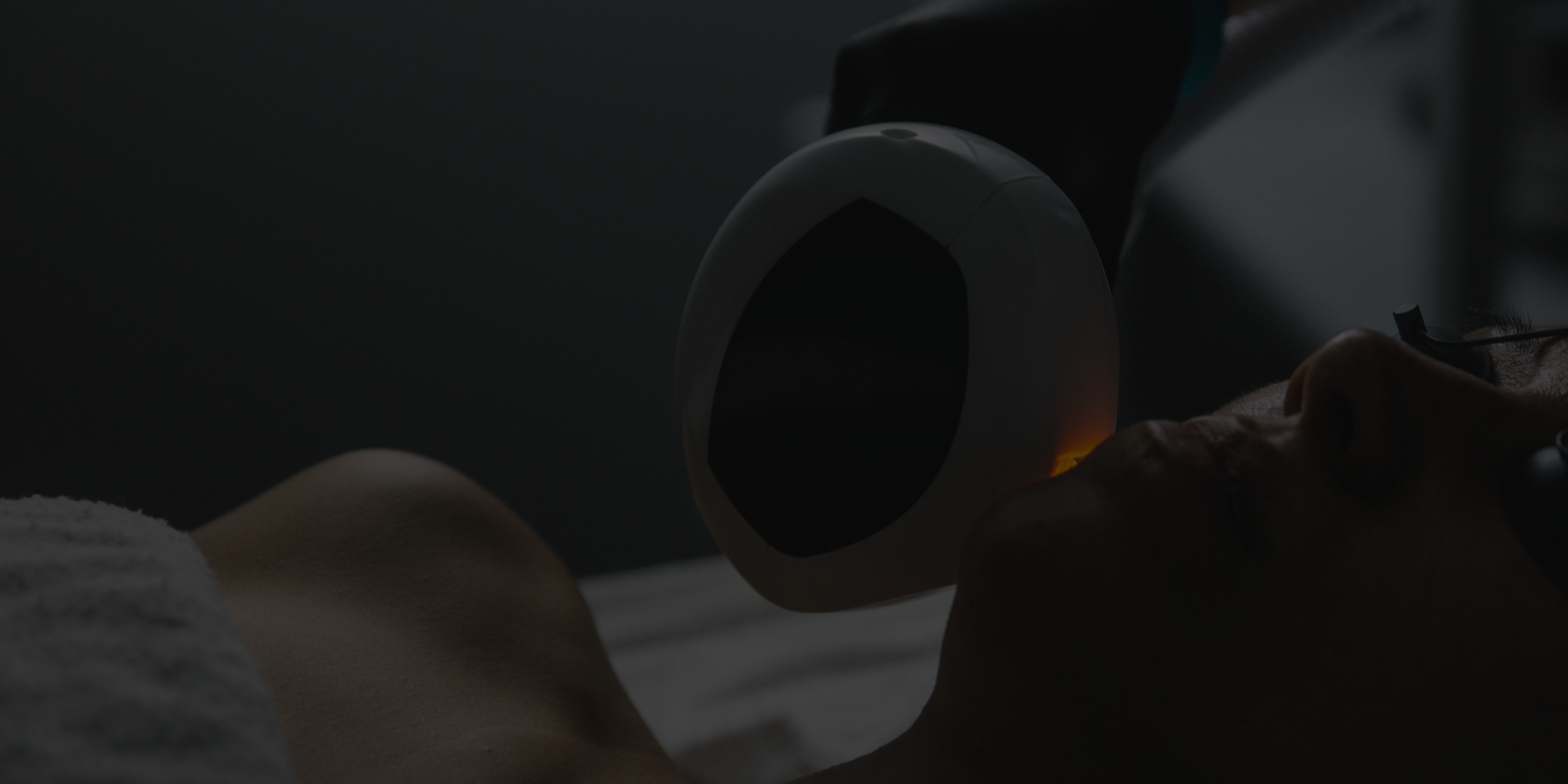Hyperpigmentation is one of the most common skin concerns and one of the most misunderstood. Whether it shows up as sun spots, melasma, or post-acne marks, it’s a signal that your skin is reacting to an internal or external trigger. The good news? With the right knowledge and care, hyperpigmentation can be managed and visibly improved.
What is Hyperpigmentation?
Hyperpigmentation is the result of excess melanin production, which causes darkened patched or spots on the skin. It can affect all skin types and tones, but the way it appears and responds to treatments may vary depending on your unique skin profile.
Common Causes of Hyperpigmentation
UV Exposure
The most common culprit. UV rays stimulate melanin production as a form of protection, but over time this leads to sunspots and uneven tone.
Post-Inflammatory Hyperpigmentation (PIH)
Occurs after acne, injuries or inflammation. The skin overproduces melanin as it heals.
Hormonal Changes
Melasma is triggered by hormonal fluctuations, often seen during pregnancy, with birth control, or hormone therapy.
Certain Medication or Health Conditions
Some drugs can trigger pigmentation, and so can underlying conditions like Addison’s disease.
Skin Picking or Aggressive Treatments
Trauma to the skin (like picking at pimples or using harsh exfoliants) can lead to lingering dark marks.
How to Prevent Hyperpigmentation
While not all hyperpigmentation can be prevented- especially if hormonal- there are key habits that help minimize the risk:
Daily SPF (rain or shine)
Broad-spectrum SPF 30 or higher is a non-negotiable. Sunscreen helps prevent dark spots from forming or worsening.
Avoid Picking The Skin
Leave blemishes alone to reduce post inflammatory marks. Use a pimple patch or spot treatment instead.
Use gentle, barrier- friendly skincare
Over-exfoliation or harsh products can trigger inflammation that leads to hyperpigmentation.
Antioxidant protection
Vitamin C and other antioxidants help fight free radicals that damage skin and lead to discoloration.
Regulate Hormonal Triggers
Work with a health care provider if pigmentation is linked to birth control or hormonal shifts.
Treatment Options : Fading Spots
Treating hyperpigmentation takes consistency and a targeted approach. Here’s how we address it professionally and at home:
Professional Treatments
Customized treatments can dramatically improve uneven skin tone
Chemical Peels
Resurface the skin, fade discoloration, and stimulate health cell turnover.
Microneedling
Helps break up pigment and boosts collagen for a smoother, clearer complexion.
IPL Photofacials
Light energy targets pigment in the skin, lifting sun damage and evening out tone.
Enzyme Therapy
Non-acid options that gently exfoliate while calming inflammation.
NOTE: With any of the professional treatments above, it’s important to prep the skin before the treatment and make sure you are supporting the skin with proper products post treatment. This helps achieve the best results – especially in darker skin tones.
Targeted Skincare Ingredients
Your home routine is just as critical as in-clinic treatments. Look for:
Vitamin C – Brightens and protects
Niacinamide – Reduces pigment transfer
Azelaic Acid – Calms inflammation and fades spots
Retinol – Speeds up cell turnover
Kojic Acid & Licorice Root – Natural brighteners
Final Thoughts
Hyperpigmentation doesn’t fade overnight- but with the right combination of patience, protection, and professional support, real results are possible. Every skin journey is unique, which is why a customized plan is so important.
If you’re struggling with stubborn dark spots or uneven skin tone, I would love to help guide you through options that work for your skin type and goals. Reach out for a consultation to get started on your glow-up.




